Communicating with Care: Modernizing clinical note-taking behavior of healthcare professionals

“The doctor’s handwriting is as bad as it’s advertised.” And when it comes to documenting the patient interaction in EHR, taking notes is a challenge on its own. The blunt of it is faced by medical assistants who have to cater to different styles of note-taking for multiple doctors. It does not only need to be consistent and standardized, more importantly, but it should also be beneficial to everyone in the care journey who reviews patient records. Hence, to ensure continuity of care, clinical notes are a vital element in patient care.
Healthcare facilities are fast-paced environments, where patient information is critical. It is important to capture the doctor-patient interaction immediately and with precision. Studies have shown that the doctor-patient interaction has reduced to a quarter, owing to the introduction of digital health records where 40% of the time is spent on computers excluding the 27% during the patient engagement.
Clinical notes: the most critical element of the care journey
A doctor's consultation used to be about their ability to gather information, counsel effectively, provide therapeutic recommendations, and create compassionate relationships with their patients. Sadly, the intrusive nature of technology has recently changed the structure of the consultation, with doctors becoming more task-oriented and less inclined to participate in patient relationship building. The foundation of the problem is that EHRs were designed for hospital executives rather than clinicians.
The workflow is complex where the doctor needs to refer to the patient's record, maintain eye contact to engage and hear the patient's story, all the while providing appropriate consultation. Research has shown the direct correlation between the doctor’s body language and how it affects patient fluency during an interaction. The behavior of constant to-and-fro from the screen to the patient, losing eye contact - decreases efficiency and tends to have a negative effect overall on patient care.
A right mix of technology to capture care communications
The amount of data that needs to be entered into a clinical note ranges from Patient Demographics, Examination and Findings, Diagnosis, Assessment plans, Treatments, Medication, Communication guidelines, etc. Consequently, in order to record clinical notes, better procedures and consistent documentation are required. The health consumer movement has resulted in the current model of shared decision-making and patient-centered communication. This is where new technologies are being developed specifically to cater to this need.
To help healthcare organizations engage their physicians and deliver them actionable information, Innovaccer launched and deployed InNote – the first ever EHR-agnostic physician engagement solution. InNote cuts through the noise and surfaces relevant clinical information for physicians without having to leave the EHR experience. The EHR-agnostic application runs with all browser-accessible EHRs and integrates with any third-party data source to deliver rich, consolidated information.

As soon as the physician looks up a patient in their EHR, InNote surfaces critical patient information such as their risk score, missed gaps, prior referrals, and much more – right within their EHR. Additionally, InNote synchronizes itself with a physician's calendar and informs them of the upcoming visits and the number of gaps that need to be addressed against every appointment. Physicians can capture these gaps in real time, and update them within a click without having to switch between different platforms. Physicians can also view details of the extended care team associated with their patient, and collaborate their care efforts across the network to plug the gaps entirely.
As the healthcare community strives continuously to deliver right care, the right mix of technology is the answer to the most pressing challenges. Talking about the technology, Artificial Intelligence (AI) is fueling the next generation of tools to improve - handwriting recognition, speech recognition, speech journaling, Natural Language Processing, etc. to support Clinical Note Documentation. The challenge that needs to be catered to simultaneously is the seamless integration of these tools into the doctor’s workflow!

.png)




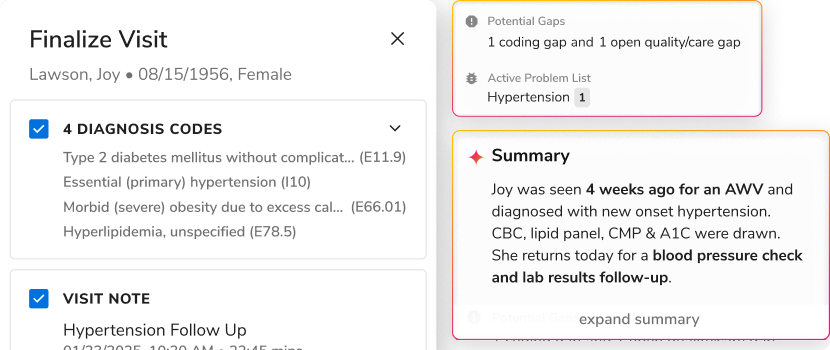
.png)

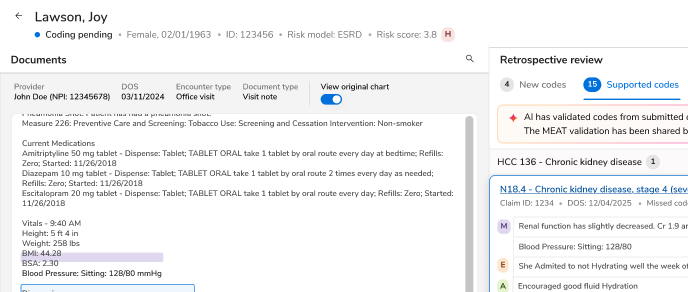
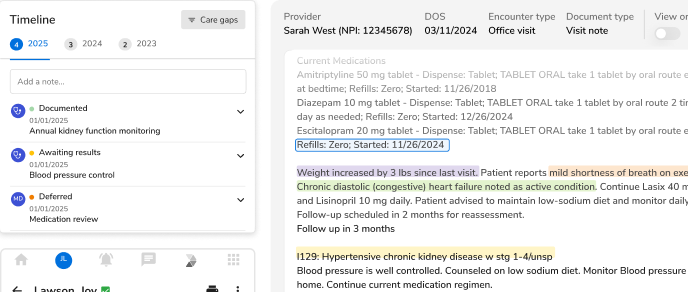
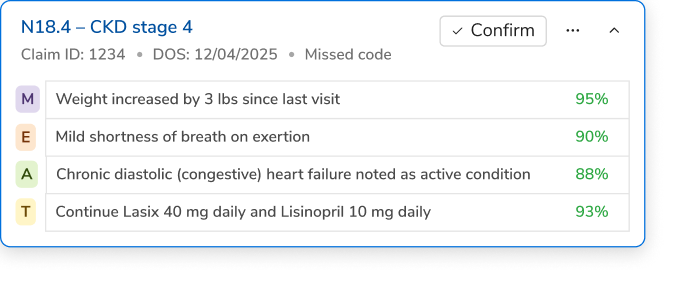



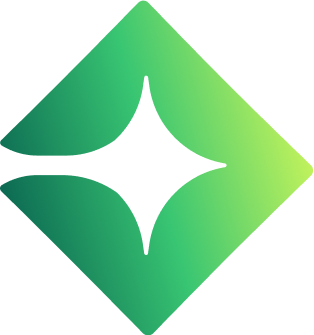

.svg)
.svg)

.svg)

